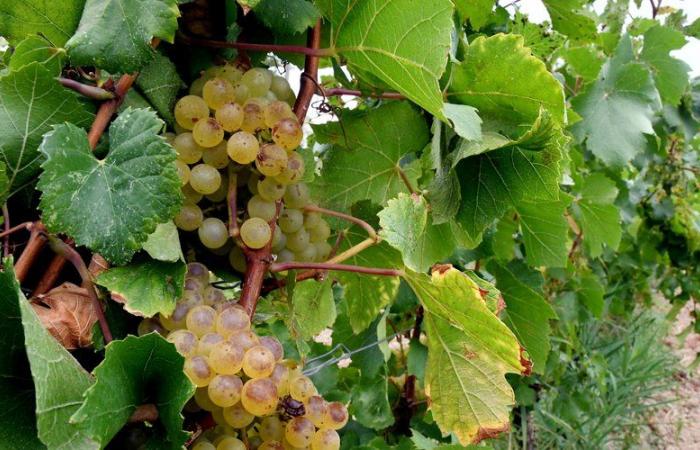the essential
Tuesday October 29, the Aude Chamber of Agriculture unveiled the results of its first tests aimed at combating an insect called Cryptoblabes, which has been ravaging the wine-growing world for around five years.
Pests continue to proliferate. For about five years, Aude has been affected by a new insect which is wreaking havoc in the wine-growing world. Called Cryptoblabes, it is a butterfly which, once present in the vines, causes progressive degradation over 10 days. As a result, the quality and quantity of harvests are reduced. Faced with this new challenge, the genesis of which also comes from climate change, the Chamber of Agriculture has decided to face it by proposing alternative solutions. Which required a period of experimentation.
The coastline, Minervois and Hautes Corbières affected
“Cryptoblabes began its breakthrough within the department along the coast,” recalls Élodie Vergnettes, viticulture team leader. “Over the years, we have seen that it is spreading gradually. Since today Hautes Corbières as well as Minervois are also affected by the phenomenon. If Limouxin, for example, is not yet affected, it will not be long before given the speed at which the insect proliferates.
Its speed is also reflected in its destructive capacity. “It arrives quite late in the year, generally from the month of August,” emphasizes Élodie Vergnettes. “It is particularly restrictive since it can be found on 80 tall plants belonging to 40 botanical families.” The butterfly acts once the clusters are full of sugar. Once it begins to puncture them, they can rot in as little as 10 days.
A method of neutralization
To combat this pest, the Chamber of Agriculture is working on a very specific neutralization method: biocontrol. For three years, in collaboration with groups of committed farmers such as the Dephy du Narbonnais group and the 30 000 Mont-Tauch group, comparative trials have been carried out using trichograms, specifically parasitoid micro-hymenoptera. These microwasps have the ability to parasitize another insect. “Playing on these natural mechanisms will allow us to lay eggs in the Cryptoblabes so as to kill it quickly to take its place,” indicates the viticulture team leader. A way to counter proliferation which seems effective since the tests took place in two distinct environments: in Tuchan and Cabanes-de-Fleury. Two sensitive areas in which the butterfly develops.






